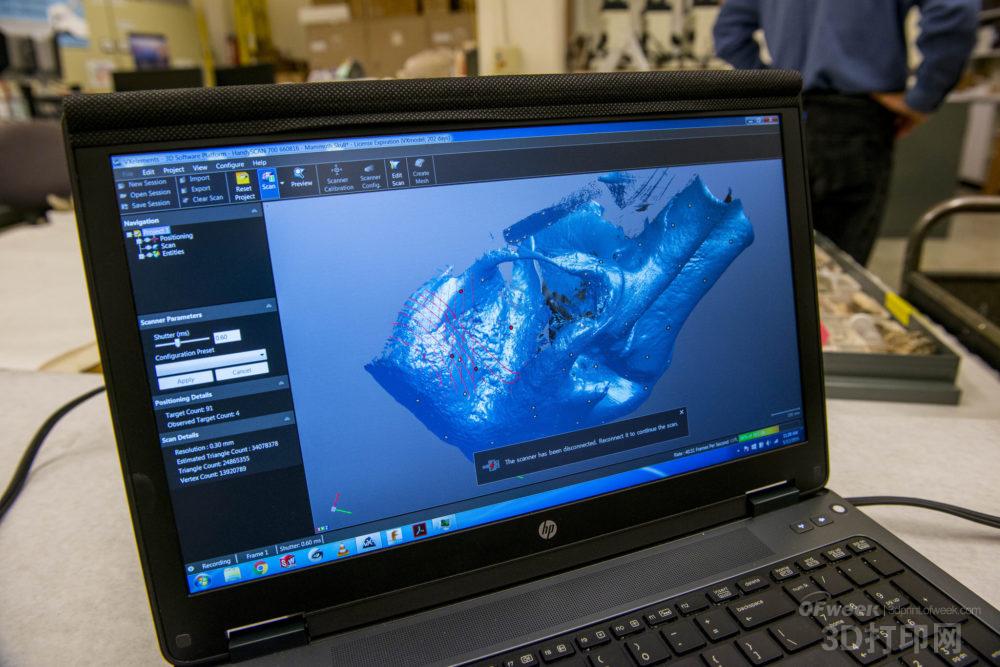As we all know, DNA is a "blueprint" for the storage of biological information. We expect that in the future, scientists will be able to clone extinct animals like saber-toothed tigers. But at the moment, scientists are still unable to achieve this expectation, and there is still a long way to go to build a realistic version of Jurassic Park. The Burke Museum of Natural History and Culture came up with a similar approach by breaking the boundaries of traditional museums by 3D printing the mammoth bones as a new exhibit.
As you may know, the mammoth is a majestic animal, 13 feet long and weighs between 18,000 and 22,000 pounds. Living in Africa, Europe, Asia and North America about 5 million years ago. Just as it is difficult to find a complete dinosaur skeleton, paleontologists rarely find a complete mammoth skeleton. For example, the mammoth skeleton in the Burke Museum is only 20% complete. As a result, the Burke Museum staff went to the University of Washington to find engineering students who are proficient in 3D printing technology . 3D scanning not only makes it possible to print copies of mammoth-deficient bones and incomplete fossils, but also provides valuable information for the mammoth anatomy.

For this project, University of Washington engineering students and Burke Museum staff will use a huge Columbia mammoth skeleton found near Richland. But the Burke Museum only has a mammoth jaw bone, limb bones and part of the skull, so the museum wants to make a copy of the missing part. To do this, they need to scan the same type of mammoth bones in the museum collection. They have now produced mirrored copies of these bones.
The University of Washington's School of Engineering and the Burke Museum staff worked together to develop a long-term 3D printing VIP project. Undergraduate and graduate students in this program will work together on this project to learn about additive manufacturing techniques for the management and exhibition of museum collections.

A larger bone may take five hours to scan, and the researchers need to print them in 3D. For large bones, students use a large 3D printer called Big Blue to print up to 1.5 cubic meters.
The Burke Museum will continue to work with the University of Washington's School of Engineering in the future until the skeleton of the mammoth can be permanently displayed.

In the future, 3D printing is a surprising opportunity for independent organizations working together to achieve results in new areas.
Suzhou Longliqi Imp.&Exp. Co.,Ltd , https://www.longliqiexp.com